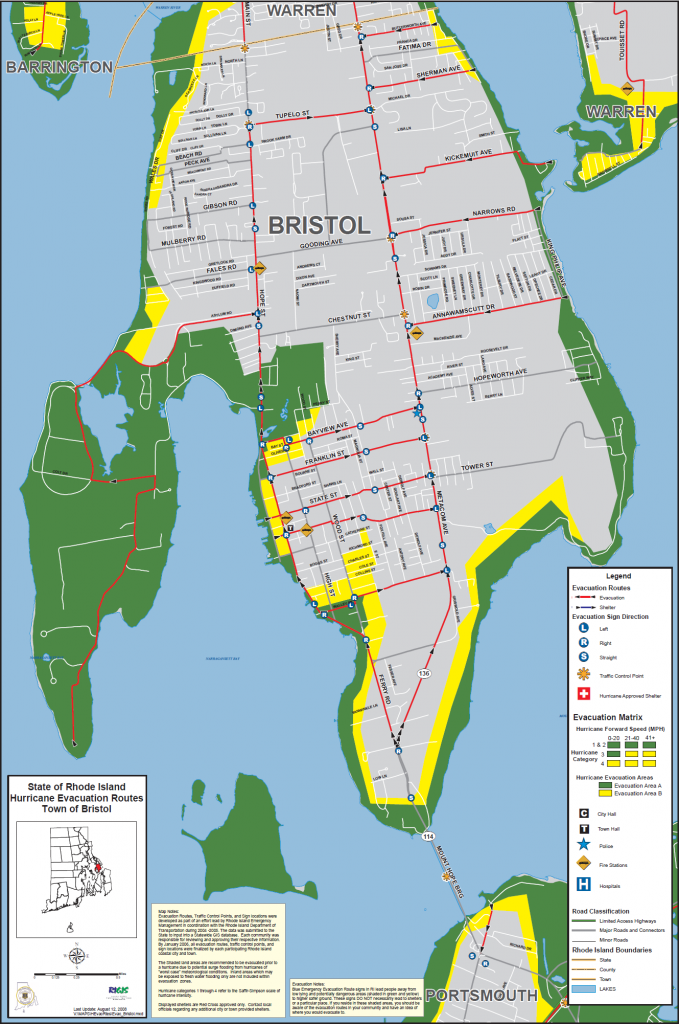Terrorists, whether foreign or domestic, typically choose targets that have value in societies or philosophies that they oppose (LaFree, Yang, & Crenshaw, 2009). For instance, according to the Federal Bureau of Investigation (n.d.), al Qaeda, under the leadership of Usama bin Laden, had their sights on the World Trade Center, a symbol of global capitalism, for many years. Another example, involving domestic terrorism, is the bombing of the Alfred P. Murrah Federal Building in Oklahoma City by Timothy McVeigh, Terry Nichols, and Michael Fortier. This target was chosen as a representation of the federal government, which McVeigh and Nichols despised, citing the incident involving federal agents in Waco, Texas, two years earlier.
Considering local community events that might be of significant interest to terrorists as potential targets, the Bristol Fourth of July Parade comes to mind. The parade is a major component of the oldest celebration of our nation’s independence and is attended by over 200,000 people each year (Fox Providence, 2011). The parade is symbolic and casualties could number in the thousands, depending on the tactics and strategies used.
There is limited egress from the Town of Bristol (see figure 1). Hope Street and Metacom Avenue are the only two roads that provide a route in and out of the town. Both lead to the Town of Warren to the north, and Hope Street converges with Metacom Avenue just before exiting the town by way of the two-lane Mount Hope Bridge to the south. Both roads are heavily trafficked during the parade inhibiting both evacuation and emergency response.
In the event that a significant terrorist act was to occur at this parade, the initial law enforcement response would be limited to those officers already on site. These officers, operating under the auspices of the Bristol Police Department would be primarily Bristol police officers with a small contingent of off-duty officers from neighboring jurisdictions. There is usually a small contingent of Rhode Island State Police troopers present. These officers would be on their own for a length of time, some of them probably affected by the attack.
Secondary responders would include both Rhode Island and Massachusetts State Police, along with mutual aid officers from approximately 10 to 15 neighboring communities; however, as people flee the initial attack, a secondary attack could create further confusion and increase the likelihood of severe traffic jams at all three evacuation points further inhibiting a timely response. Once the degree and scope of the incident is ascertained and the access difficulties are identified, it would make sense for a contingent of law enforcement to board helicopters and boats out of Providence and cross Narragansett Bay. Once on land, these officers (most likely consisting of U.S. Coast Guard, Providence Police, U.S. Border Patrol, and other federal law enforcement entities housed in Providence, RI) would rely on alternative means (walking, bicycles, ATVs, et al.) to reach the scene.
Colt State Park, to the southwest, would make a viable forward area command, allowing access for all types of vehicles, including single-engine fixed-wing aircraft. There is also an added benefit of a strong sea breeze to help direct any plume away from this forward area command post.
I have to consider that the law enforcement entities, along with the local emergency management authorities, have a working disaster plan in place for the Bristol Fourth of July parade; however, the plan must detail the fact that all resources would be overcome due to the scope and severity of such an incident; therefore, contingencies, such as stand-by assets, must be established and ready to respond by alternative means in the event that a catastrophic event were to occur, whether criminal or accidental in nature.
Federal Bureau of Investigation. (n.d.). Famous cases & criminals. Retrieved from http://www.fbi.gov/about-us/history/famous-cases/
Fox Providence. (2011, July 5). Inbox: Fourth of July festivities. Retrieved from http://www.foxprovidence.com/dpp/rhode_show/inbox-fourth-of-july-festivities
LaFree, G., Yang, S., & Crenshaw, M. (2009). Trajectories of terrorism: Attack patterns of foreign groups that have targeted the United States, 1970-2004. Criminology & Public Policy, 8(3), 445-473. doi:10.1111/j.1745-9133.2009.00570.x
Rhode Island Emergency Management Agency. (2008). State of Rhode Island hurricane evacuation routes: Town of Bristol [Map]. Retrieved from http://www.riema.ri.gov/preparedness/evacuation/Hevac_Bristol.pdf
Figure 1.


